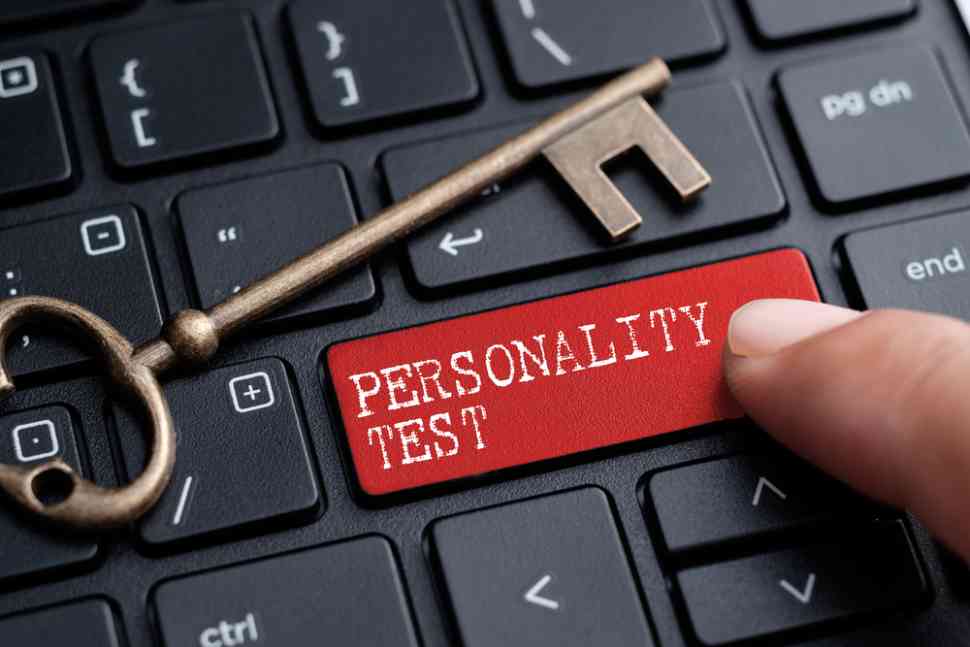The Big-5 Or The OCEAN Test? Characteristics And Value

There are two different terms that are used to describe the same test when it comes to the core value based on which this was designed. The terms are ”The Big-5” or the ”OCEAN” Test. They are mainly oriented in the work sector, and the idea is to understand each applicant’s special characteristics to determine whether they are a good fit for the particular role. Openness, Conscientiousness, Extraversion, Agreeability, and Neuroticism are the qualities of the character being examined. Today we will see how it works, its pros and cons, and its historical background.
How it works
The test will ask the candidates to respond to each question with a number depending on how much they agree or disagree with the statement. In addition, it may ask you to choose from a list of statements that agree or disagree with the characteristics they want to check out. The purpose of each question is to see how you position yourself over the five qualities that are being studied. Last but not least, it is interesting that how the results are presented is crucial to the impression you will create for the employer.
The big old problem with scale tests and subjective evaluation
Having someone to answer for themselves regarding what kind of people they are, hides a lot of traps. The problem with the OCEAN test when it comes to hiring someone is that the recruiter or the employer is based on the personal judgment that someone may have. Even for those who are good mind-readers, understanding human psychology is less tricky than understanding your own self. Therefore, asking someone to respond about themselves means they can recognize certain traits in their personality.
In addition, let us remember the factor of intentions. The questions that are being given to the candidate are less smart than we would hope. A clever individual who knows what they apply for can quickly identify what character qualities are useful for the particular role. Especially the neuroticism that is examined in the test can be identified as a bad characteristic. Anyone ambitious enough can hide a part of the truth from the future employer and increase their chances of being hired.
How to avoid middle answers
When people are suggested to answer a question based on their level of agreement on a scale from 1 to 5, it seems that the majority of the population tends to give middle answers. People will do that because they are reluctant to become strongly opinionated over the matters they are questioned about. The middle answer is a safe response that will always keep you to the average. Psychologists found it hard to encourage people to be more open with their responses and therefore introduced another technique. As it appears, when someone is under pressure, they are more likely to go to extremes, or at least they will be less afraid to reveal their real thoughts, intentions, and feelings. So, to overcome the hesitance, people showed psychologists would let the participants see some pictures with scary scenes of people in automobile accidents. In fact, the more pictures people saw, the sharper their answers would get.
Traditional and social psychology
Personality tests may seem fun and are often not taken seriously. However, their designers have put a lot of effort into presenting a solid result. Two big schools of psychology are evolving, fighting, and producing facts to help humanity explore the mind’s beautiful paths. Traditional psychology attempts to focus on the scientific study of the mind and how it affects behavior. On the other hand, social psychology fails to understand how it is possible to examine an individual separate from their social background. Therefore, it suggests that we should study people’s behavior in the social environment that hosts them. In other words, we depend on what is around us. We cannot refuse to see the influence of Albert Einstein and the Theory of Relativity, which proposes that a system that is being observed is affected by its observers. According to that, nothing can be the same if we change the slightest parameter. Physics has traditionally opened the way to other sciences to explore new alternatives and find their place on the road of evolution. Modern psychology greatly influences the structure of these tests, and its effect is obvious through the questions being asked.
Have you read?
Business Cooperatives Giving Small Farmers a Voice by Jane Marsh.
A Guide To Selective Laser Sintering Technology.
The future of commercial real estate in North India by Abhishek Srivastava.
How Business Leaders Can Navigate Brand Reputation in the New World of #Deinfluencing by Eric Yaverbaum.
Unlock Your Recruiting Potential with an Email Finder Tool.
Bring the best of the CEOWORLD magazine's global journalism to audiences in the United States and around the world. - Add CEOWORLD magazine to your Google News feed.
Follow CEOWORLD magazine headlines on: Google News, LinkedIn, Twitter, and Facebook.
Copyright 2025 The CEOWORLD magazine. All rights reserved. This material (and any extract from it) must not be copied, redistributed or placed on any website, without CEOWORLD magazine' prior written consent. For media queries, please contact: info@ceoworld.biz








